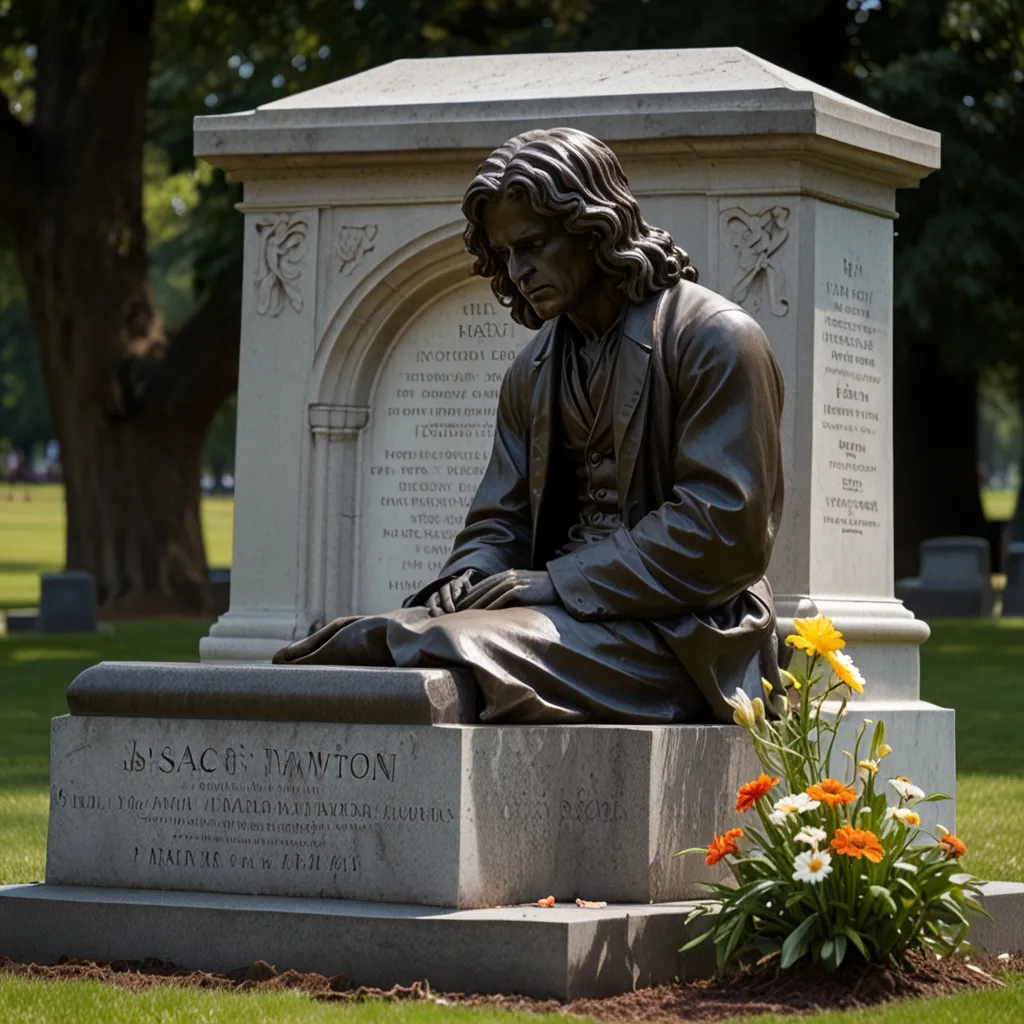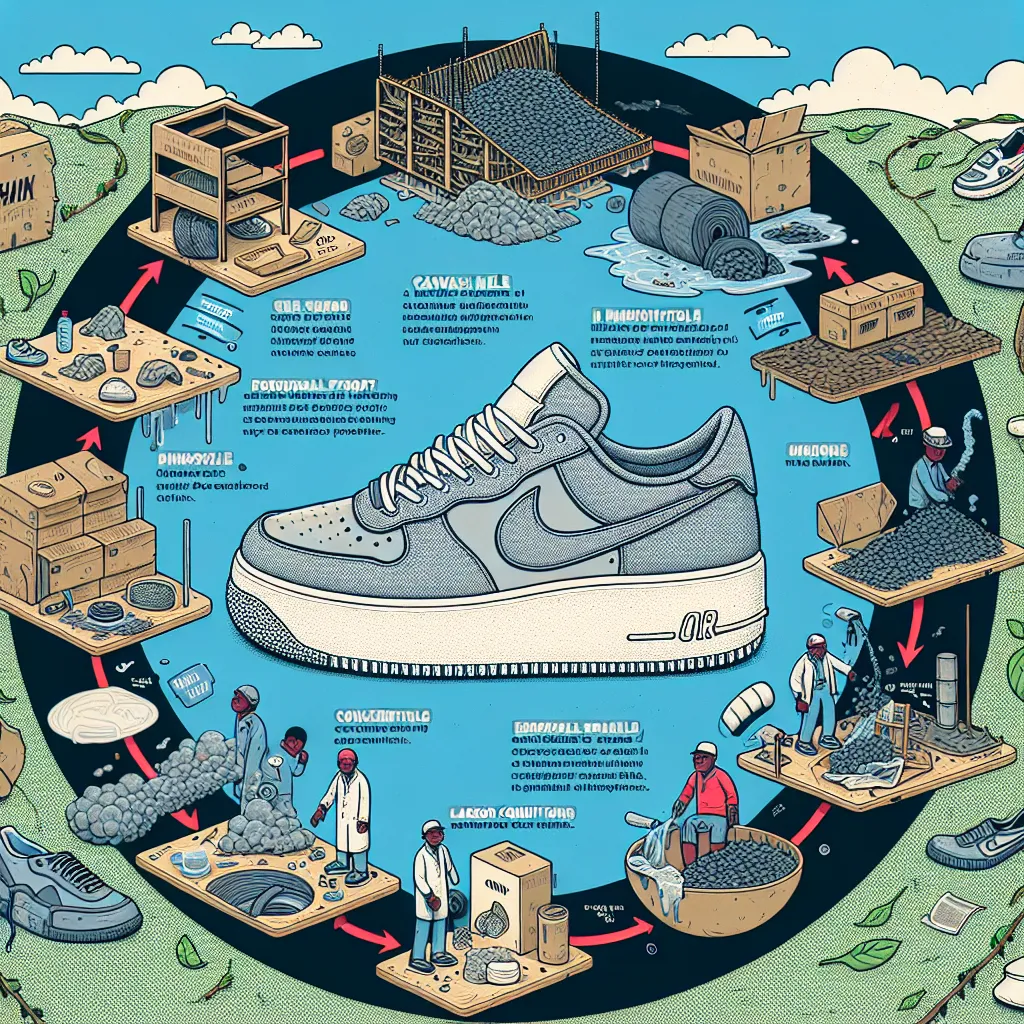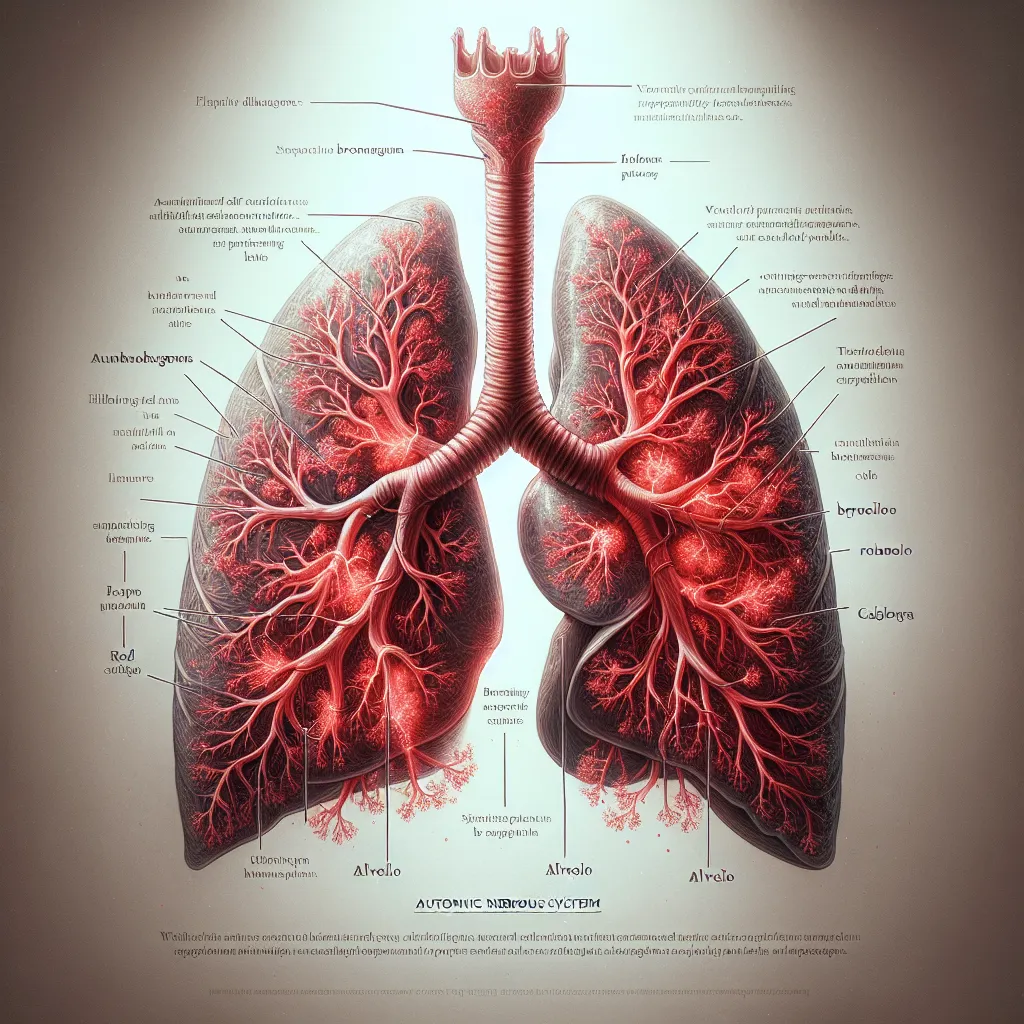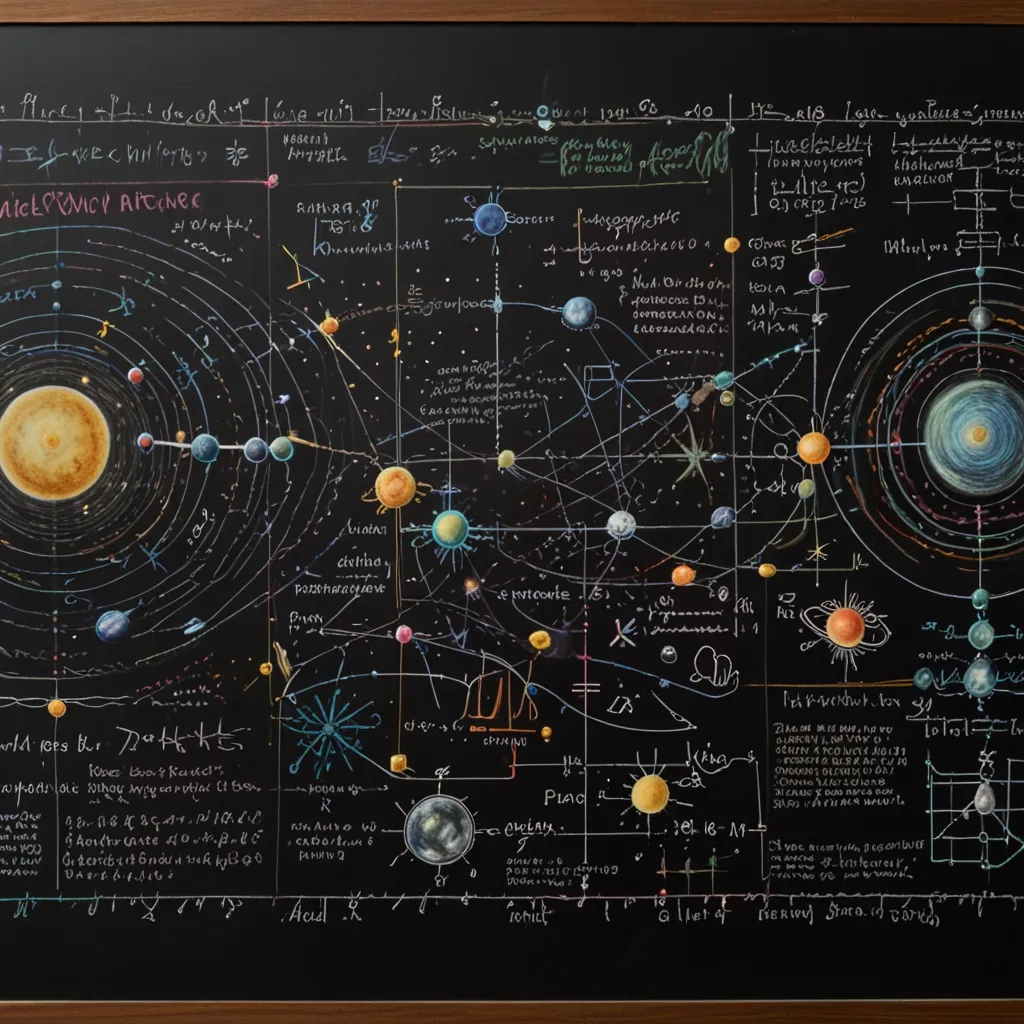Imagine for a moment that you can hear noises and voices around you, but you can’t make your body respond. Your arms and legs won’t move, your muscles ignore your commands, and you’re fully conscious but unable to open your eyes. The sounds you hear are filtered and distorted, almost like they’ve been run through synthesizers, and they make no sense together. It feels like dreaming, except you’re awake but not fully conscious. Just when you decide to give up, you find peace, drifting through familiar scenes of nature, forests, and caves.
What you’re experiencing is a medically induced coma. Claire Weinlett went through this surreal state in 2015 after contracting blood sepsis from routine surgery for cystic fibrosis. For a week, she was lost in a dreamscape filled with memories and sensory distortions. Claire later shared these experiences in YouTube videos before she passed away in 2018 due to surgical complications.
Thinking about Claire’s story leads me to wonder what the experience of dying is like. Not the afterlife or heaven, but the actual sensory and emotional experience as one approaches death. Many have likely pondered this too. Can science lend us some insight into these final moments? Could understanding it reduce our fears about death, making it a bit more known?
Claire’s near-death experience has similarities to others: out-of-body feelings, positive emotions, celestial landscapes, and reunions with deceased loved ones. These shared elements make us question whether they are real events happening outside the body or just vivid hallucinations inside our brains.
To test the out-of-body hypothesis, researchers have placed images on high shelves in hospital rooms, visible only from above. Yet, cardiac arrest survivors who were revived in these rooms didn’t report seeing the images. This suggests these experiences might be brain-based rather than actual journeys outside the body.
The feeling of an out-of-body experience is strikingly similar to those reported by individuals under the influence of psychedelic drugs like psilocybin, LSD, or DMT. These substances can disturb the temporal parietal cortex, a brain region crucial for self-awareness and bodily perception, leading to similar disembodied sensations.
In the mid-90s, psychiatrist Rick Strassman conducted studies on DMT, noting that many subjects had religious or near-death-like experiences after its administration. He suggested that the body might produce natural DMT in the pineal gland during near-death situations, contributing to these occurrences.
Additionally, biological processes in a dying brain might explain these phenomena. Researchers have found that endorphins are released when the brain is dying, creating peaceful and euphoric feelings. Too much carbon dioxide can cause tunnel vision, and lack of oxygen can lead to hallucinations, possibly explaining some near-death experiences.
However, not all scientific explanations cover the full spectrum of these experiences. Factors like the sudden onset of death or the time available before death might result in different experiences. For instance, a sudden cardiac arrest leads to an immediate shutdown, often without any sensations, while a slower process, like hypoxia, may feel like falling asleep.
James Hallenbeck, in his work on palliative care, describes that as death approaches, people lose their senses and desires in a specific order: hunger, thirst, speech, vision, with hearing and touch being the last. This suggests that even when someone seems gone, they might still hear and feel us.
Adrian Owen’s research using fMRI indicated that even those in vegetative states could communicate through specific brain activities. This implies that a dying person might still have some level of awareness, even if it doesn’t appear so.
Neuroscientist Jimo Borjigin found that, in rats, just moments before death, brain regions synchronize and show increased coordinated activity. This might explain the vivid, lifelike experiences reported by some cardiac arrest survivors.
In summary, dying likely varies based on circumstance, but most accounts suggest it’s not an unpleasant process. The brain’s mechanisms seem designed to ease the transition with comforting stimuli. Whether consciousness continues elsewhere or ends like a song’s final note remains unknown, but contemplating these possibilities can provide comfort. Maybe, at the end, dying is like reaching the end of a glorious dream and simply not waking up—or waking up somewhere beyond.






